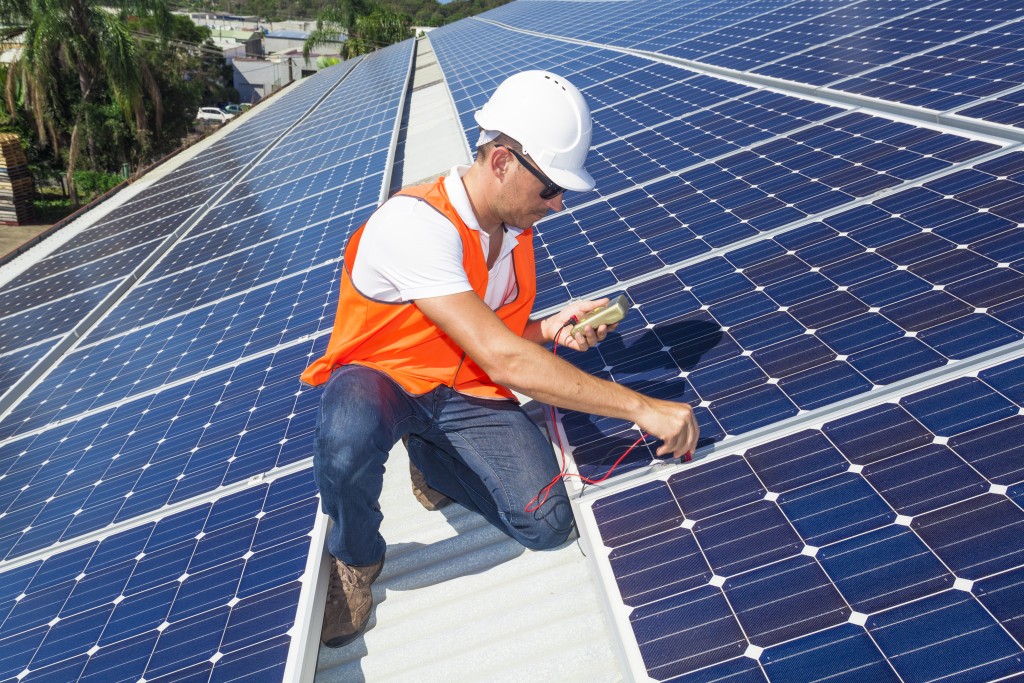The environmental hazards caused by the burning of fossil fuels have now become a global issue, prompting many people to shift to cleaner energy sources like solar. It is known to many that solar energy and other alternatives result in reduced electricity bills, and of course, a cleaner and greener environment.
But solar panel systems aren’t cheap. In 2019, the costs for average-sized installations are ranging from $10,836-$14,196 after tax credits. But this figure is already lower than in the previous years. Solar costs have in fact dropped by 23% over the last five years.
But don’t go frowning over these hefty costs right away because you can acquire solar energy through financing or leasing. Here are some of your options:
Solar Financing
Three types of loans can finance your residential or commercial solar panel system in Utah or any other places. A home equity loan is one, where you’d use your property as collateral. Interest rates can range from 3.5% to 7.5%, with terms typically lasting from 7 to 20 years. Your interest may also be tax-deductible.
An energy-efficient mortgage is your second option. This is offered by the federal government, and to be approved, your home must first be rated by a professional energy auditor.
Your third option is Property Assessed Clean Energy (PACE) Program, which is available in some states. The lender would be your municipality, and you’d pay them back through higher property taxes. Terms usually last for 15 to 20 years. If you select this loan and sell your home while the term is still active, the liability will simply be transferred to the new owner of the house.
In case none of these three loan types interests you, you can explore peer-to-peer lending. You’d be matched to various lenders through online crowd-sourcing platforms, but interest rates tend to be higher in this type of financing.

Solar Leasing
If you’d rather not borrow money, leasing solar energy is also possible. In a solar lease contract, you’d pay the third-party owner a fixed monthly rate, regardless of how much power the solar panels have generated. If you prefer paying for every kWh produced by the solar panels, opt for a Power Purchase Agreement (PPA) instead.
Buying vs. Leasing
In both loan and lease agreements, little to no down payment is required, instantly resulting in savings. Your monthly payments will also cost less than your current utility bills. But with regards to monthly savings, loans may be more favorable because they’re paid down the duration of the term, typically 7 to 20 years as mentioned, unlike solar lease and PPA which both require a regular outlay during the agreed terms.
Terms of solar lease and PPA agreements typically last for 20-25 years, but most monthly payments for both can have a 1%-3% increase yearly. In a loan agreement, the monthly payments are typically fixed and more likely to to be lower than solar lease and PPA.
But if you lease solar energy, you can enjoy the benefit of the third-party owner being responsible for the installation, maintenance, repairs, and monitoring of the solar panels. On the other hand, if you opt for a loan, you can benefit from financial incentives. In a solar lease or PPA agreement, the financial incentives are given to the owners.
Applying for a solar loan, however, can take longer than applying for a lease or PPA. Usually, leasing would only require a single meeting with the owner before being approved. In a loan application, you may be asked for requirements, just like any type of financing.
Assess your situation carefully as you weigh your options. Note that PPA is not available in many states; that possibly strips down one of your choices. Consult both solar panel owners and financing companies that can help you make a wiser decision.




